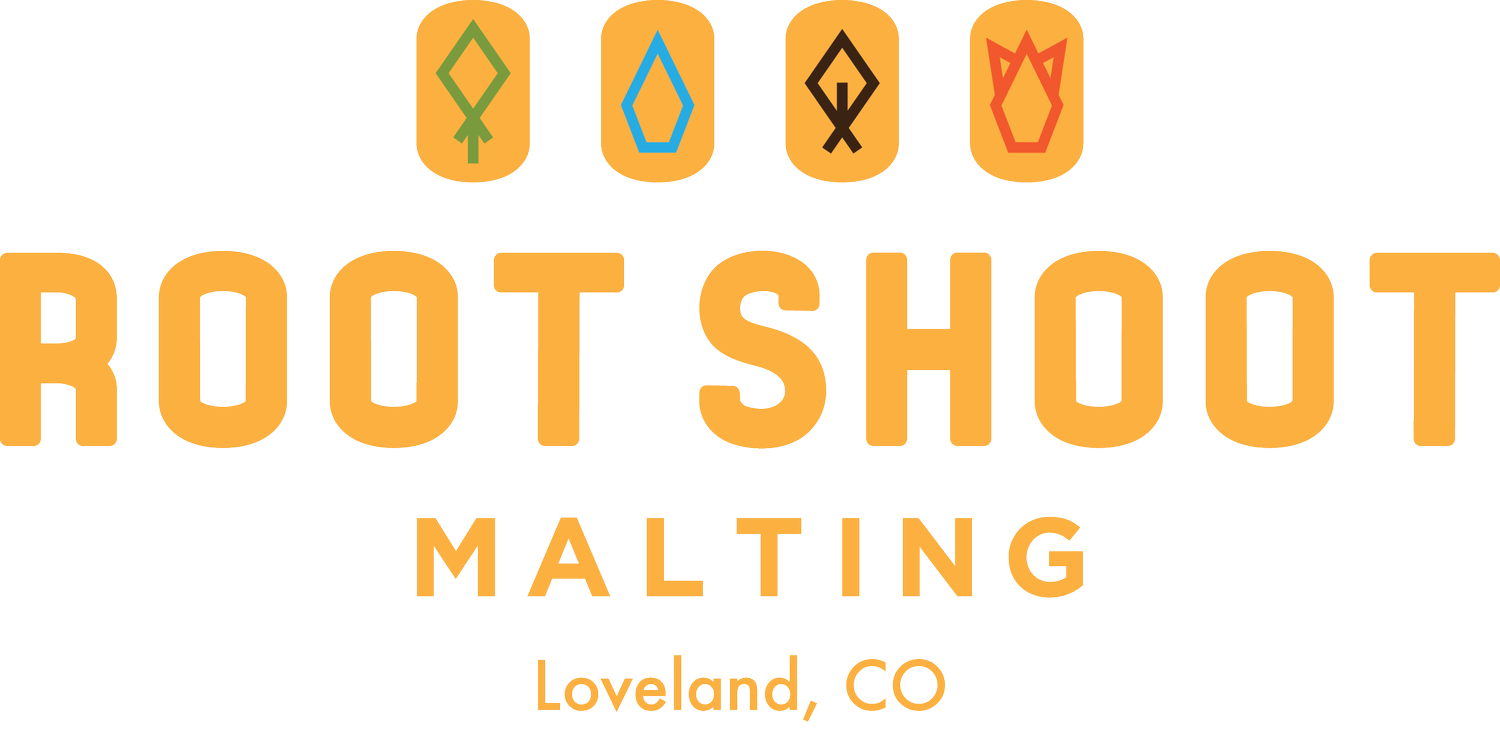It’d be great if it rained water from the sky.
Rumor has it that that actually happens in parts of the country. Word is, that there are areas so wet and humid that farmers can actually grow crops using nothing but soil, sun, and water that - apparently - just comes on its own. Just falls from the clouds without pivots, ditches, or pipes.
Must be amazing. ‘Round here, we’ve never heard of such a thing.
A bit of an exaggeration? Perhaps. It does rain here, of course. Sometimes too much in spring. And often our Colorado rain is accompanied by an impressive round of Colorado hail, which is precisely the type of precipitation we don’t want. Yet even in the wettest years, the reality is that we live in an arid climate.
The average annual precipitation for our farm’s area is just shy of 16 inches per year and, as most of that does not come in the dead of summer, there are precious few crops that can grow without supplemental water. Thus, we rely on our irrigation system.
Water in the West, the policies that govern it, and the system of rivers, irrigation ditches, pipes, and pivots that make it happen are incredibly complex issues. When we, as farmers water our barley or fill tanks for livestock, we represent the final destination of a long journey for each gallon of water that pours from our pipes. In our case, that journey begins in the high country of Colorado and ends, (hopefully!) with a pint glass of beer (or a snifter of spirits) in your hand.
At Olander Farms, our irrigation water comes from two ditch systems, the Handy and the Home Supply ditches, and both originate from the Big Thompson River. If you’ve ever been up Highway 34 to the Dam Store, that’s “our” dam. If you haven’t seen it up close and personal, it looks like this photo.
The three compartments you see on the lefthand side are three headgates for the Handy Ditch, the ditch that supplies the majority of our water. A little further down the river, the Home Supply has a similar set up.
Each of the three gates can be opened, closed, or adjusted to let out a specific amount of cubic feet of water per second (CFS). The water then runs down a long flume, into a ditch and then meanders all the way from the dam through west Loveland, into Berthoud and lands in the Welch Reservoir. Along the way, it feeds properties along the upper ditch.
After a brief respite in the Welch Reservoir, a second series of ditches pulls the water through the lower ditches including ours, feeding additional properties east of the reservoir. Eventually, the ditch peters out past Johnstown.
Water in the West is so valuable that it’s frequently referred to as “liquid gold” and, as is the case with any valuable commodity, it’s highly regulated. Overseen by the Department of Natural Resources, the state employs a system of engineers and water commissioners to ensure that the water drawn from rivers and ditches gets where it needs to go…and that no sketchy shenanigans siphon it off elsewhere. Water users must own water rights, and those rights come at a cost - often tens of thousands of dollars per share.
Once water hits the ditches (many more exist outside of the Handy and Home Supply that we use) ditch companies oversee the management and distribution. Key players in this process are the ditch riders, personnel who go out and “ride” every inch of ditch, cleaning, maintaining, inspecting, repairing, and keeping an eye on this as the water flows.
It’s an old profession. Irrigation ditches have been used in our state long before we even were a state. And while some technology has changed - flow is monitored electronically now, and ditch riders use pickup trucks rather than horses - the vast majority of the ditch infrastructure remains largely the same as it has been since its inception: tradition, in liquid form, flowing from the mountains to our fields, to your beer and whiskey.
Cheers!
-Your Olander Farms team








